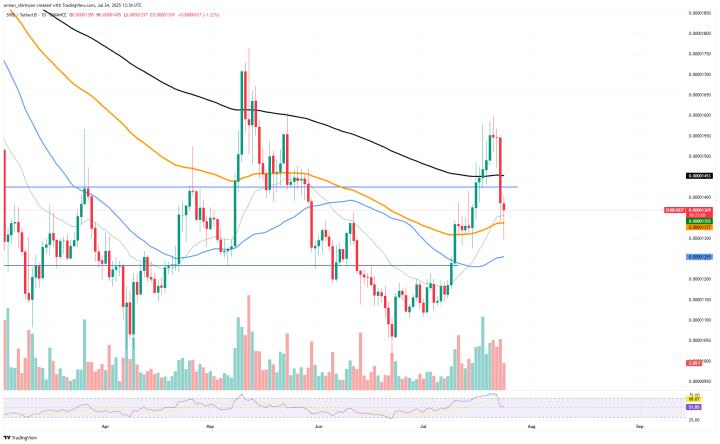Author: Ye Zhen, Source: Wall Street Insights
The wildly popular Labubu is jokingly referred to as the "Maotai for young people", so what are the similarities and differences between the two?
Bank of America recently released a report comparing this trendy IP with the traditional baijiu giant, attempting to clarify whether this represents a historical repetition of consumer cycles or a profound paradigm shift.
Bank of America analysts Alice Ma, Chen Luo, and Lucy Yu pointed out that while both are social currencies, Labubu's social attributes are more based on shared interests and values among young groups, whereas Maotai's social function relies more on power and hierarchical relationships. This difference reflects the essential distinction between "new consumption" and "traditional consumption".
Bank of America noted that similar to Maotai, Bubble Mart also faces the dual challenge of IP cycle and investment attributes. If there is a prolonged gap between Labubu and the next hit IP, the company's global growth may slow down.
Additionally, investors cannot ignore the two major risks of regulation and market crowding. The report warns that the current influx of capital into the "new consumption" track is quite similar to previous capital clustering around consumer blue-chip stocks represented by Maotai. The vulnerability of this crowded trading could have a massive impact on valuation.
Bank of America maintains a buy rating for Bubble Mart with a target price of 275 Hong Kong dollars. According to statistics, Bubble Mart's stock price in the past 52 weeks ranged from 34.4 to 283.4 Hong Kong dollars, closing at 244.2 Hong Kong dollars on Monday.
Generational Differences in Social Currency
The Bank of America research team believes that while Labubu and Maotai both possess social currency attributes, there are significant generational differences. Maotai's social function is more of a productivity tool as a "social/business lubricant", whereas Labubu represents the younger generation's pursuit of emotional value, providing consumers with instant, nuanced, and affordable "dopamine" experiences in the digital social media era.
Analysts noted that in a digitalized world where consumers face "meaning deficiency" and increasing pressure, Labubu suggests China's gradual transition from an investment-driven to a consumption-driven model. Deeply rooted in traditional Chinese culture, Maotai's globalization process is still in its early stages, while Labubu, highly aligned with the global zeitgeist, has already achieved significant global success.
The rest of the translation follows the same detailed and professional approach, maintaining the original text's tone and technical language while rendering it in clear, idiomatic English.






